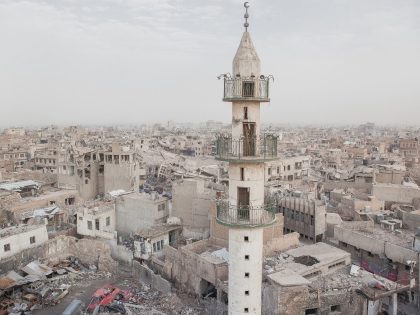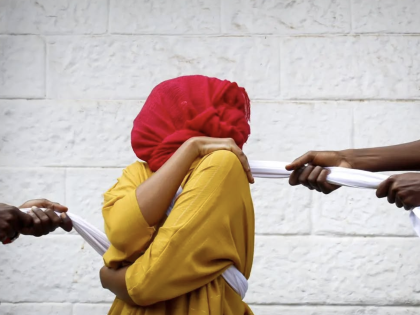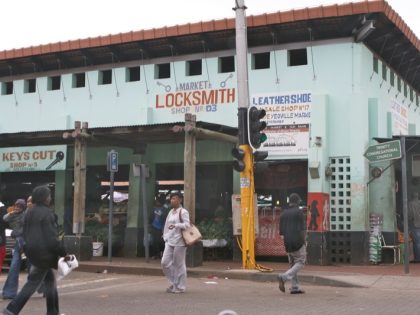Pretty in Pink
One in ten young people on Cape Town's Cape Flats finish high school. The highlight of their school career - and sometime their lives - is prom, known as the matric ball.

Photos: Araminta de Clermont .
In 2009 the British photographer Araminta de Clermont made a set of portraits of high school seniors in a poor part of Cape Town, South Africa (locally known as matric) in their prom night (locally known as a matric ball) garb. The subjects were all from parts of the Cape Flats, that expanse of mostly working class and poor ghettos in Cape Town. The photographs were published in UK media where Grant Cummings, a producer at Clingfilm TV, saw them. He got in contact with De Clermont and Cape Town filmmaker Benitha Vlok to make a feature documentary about the matric balls. De Clermont identified the main characters and along with Vlok decided to film four high schoolers on the day of the ball as they prepare for the occasion, which for some is the highlight of their young lives (I should know, I went to one of those schools). The four stars of the film were from Elsies River, Hanover Park and Manenberg: three very poor, depressed working class coloured townships. The final product, “Shanty Town Cinderrellas,”– a 10 minute short–was directed and edited by Vlok. De Clermont is credited as the film’s associate producer and Cummings, the producer.
In an email, Vlok explained that the story was really shaped in the editing: “I felt it was important that the issues and the odds these kids face need to be evident, but not treated as an expose on the Cape Flats.
“At the end of the day we are dealing with these characters’ realities and the truth of their circumstances were unavoidable. Once we understand this, the buildup to the Matric Ball became vitally important to redeem these young people an portray the hope they have in their own futures. They really were amazing young people.”
I asked her about the obvious contrast to matric balls in Cape Town’s mostly white suburbs: “… The same odds do not come into play. One in ten young people in the Cape Flats finish their school careers. This is intense, therefore the celebration is so much more. It is the highlight of the year. Entire communities come out to support their hopefuls. The matrics [seniors] get treated as superstars for just that reason. They carry the hope for everyone.”

Watch the film here.



















